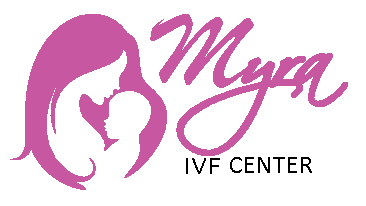With heavy menstrual cycles, severe cramping, no bleeding, or bleeding after menopause, a woman’s body goes through several changes in her reproductive age or beyond. At some point, these symptoms affect her quality of life, causing anemia, hormonal disorders, or even limiting their ability to conceive.
A thorough examination is always prompted for the evaluation to determine the underlying cause. A pelvic exam involving a close lookup at the cervix, uterus, fallopian tubes, and womb helps catch the exact cause. Hysteroscopy is usually recommended when ultrasound or X-ray fails to detect the reason behind the symptoms.
What is Hysteroscopy?
Hysteroscopy is an outpatient procedure referred to patients experiencing problems in conceiving or hampering sexual health. It allows specialists to give detailed insights into a woman’s uterus and helps in diagnosing and treating many ailments & abnormalities. The woman should be able to go home shortly after the hysteroscopy.
Purpose of Hysteroscopy
There are several treatments to solve different fertility problems. Hysteroscopy is a two-way option that can be performed either to diagnose or treat conditions of the uterus and fallopian tubes.
Diagnostic Hysteroscopy
It’s a minimally invasive ultrasound procedure performed to detect abnormalities inside the structure of the uterus, fallopian tubes, or walls of the uterus that might interfere with pregnancy. During the procedure, the gynecologist inserts a slender tube with an attached camera into the abdomen to examine the uterine cavity.
Diagnostic hysteroscopy is performed to detect:
- Cause of repeated miscarriages
- Examining fertility issues
- Severe pelvic pain
- Polyps or fibroids
- Abnormal uterine bleeding
- Non-cancerous growth in the womb
Operative Hysteroscopy
Intrauterine abnormalities that have been detected during a diagnostic procedure are treated through operative hysteroscopy.
Operative hysteroscopy is performed in the following circumstances:
- To remove intrauterine adhesions
- To remove fibroids or polyps
- To remove an intrauterine device placed into the uterus for birth control
- To take a biopsy (a small tissue sample) for further investigations
- To carry out a sterilization procedure
Recovery
The length of the recovery period depends on the purpose of the hysteroscopy, whether it’s diagnostic or operative. Women recovering from a hysterectomy are advised to avoid lifting heavy objects, inserting anything into their vagina (like tampons), or having intercourse. Also, baths, hot tubs, swimming, and douches should be avoided on certain days.
In order to avoid any complications, it’s a must to follow your surgeon’s guidance. In Kenya, Myra IVF is one of the top IVF centers with skilled and experienced gynecologists providing the best hysteroscopy treatment, following all safety protocols.
FAQs (Frequently Asked Questions)
- Is a hysteroscopy painful?
Ans. Some women may experience crampy, period-like pain during the procedure. However, hysteroscopy is performed under general anesthesia to reduce any discomfort and pain. You might experience mild pain and witness mild bleeding for 4 to 5 days, but that is normal.
- How long does it take to get over a hysteroscopy?
Ans. For diagnostic purposes, hysteroscopy usually takes up to 10 to 30 minutes and is performed as an outpatient procedure. The procedure doesn’t take more than an hour, even for operative purposes.
- Can a hysteroscopy be done during pregnancy?
Ans. No, it is not recommended. Hysteroscopy cannot be performed on pregnant women. We conduct required blood and pregnancy tests in a clinical appointment at least a week before your hysteroscopy.


